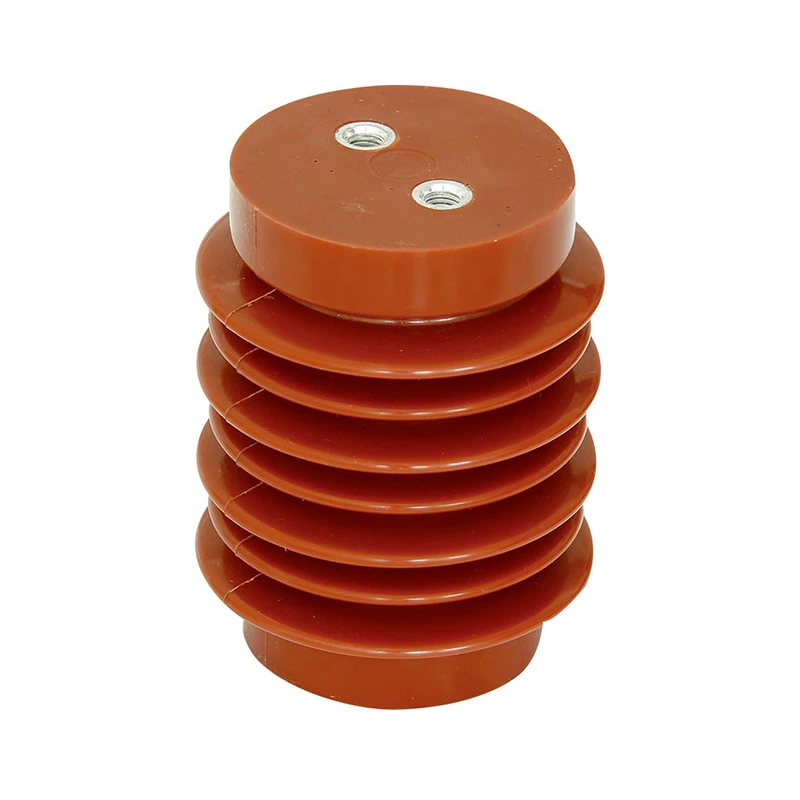Analysis Of Destructive Changes In Epoxy Resin Insulators Under Lightning Burns
During operation, epoxy resin insulator new surfaces damaged by lightning typically exhibit a series of destructive changes such as carbonization, cracking, and ablation. This is because the high voltage and powerful energy of lightning are instantly transferred to the high voltage epoxy resin surface, causing localized overheating. The high temperature alters the chemical structure of the epoxy resin material, leading to surface carbonization. This carbonization reduces insulation performance. Simultaneously, the impact force of lightning may also trigger surface cracks, further damaging the material's integrity and becoming a potential cause of high voltage standoff failure. Ablation occurs when the high temperature of lightning directly contacts the high voltage standoff insulators surface, causing rapid evaporation or dissolution of the material in localized areas, resulting in surface damage. As these destructive changes accumulate, the overall performance of high voltage epoxy gradually declines, affecting the stability of the power system. Therefore, the damage to the surface structure caused by lightning burns epoxy resin insulator is not negligible and requires regular inspection and maintenance to prevent failures due to material degradation.

